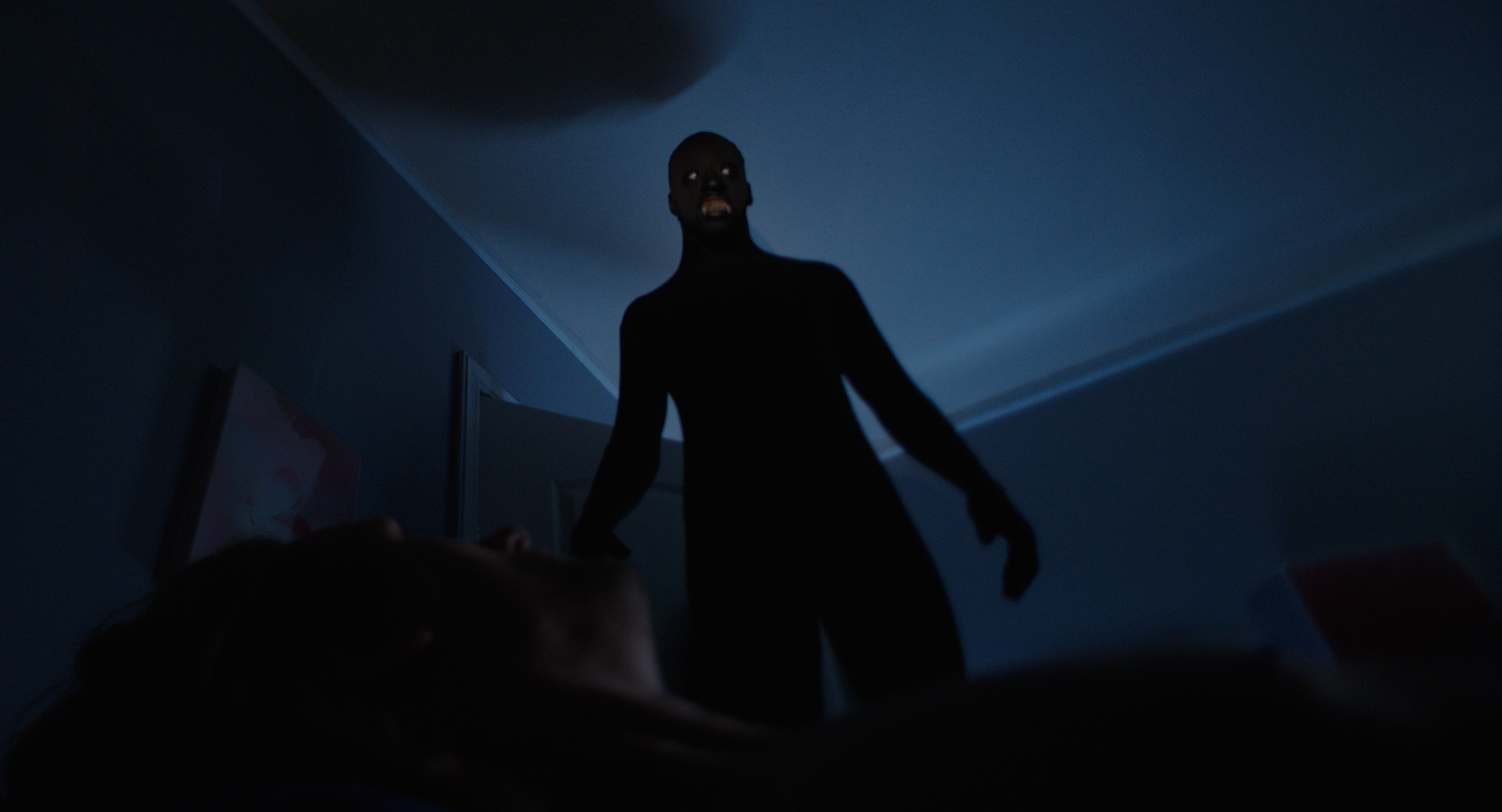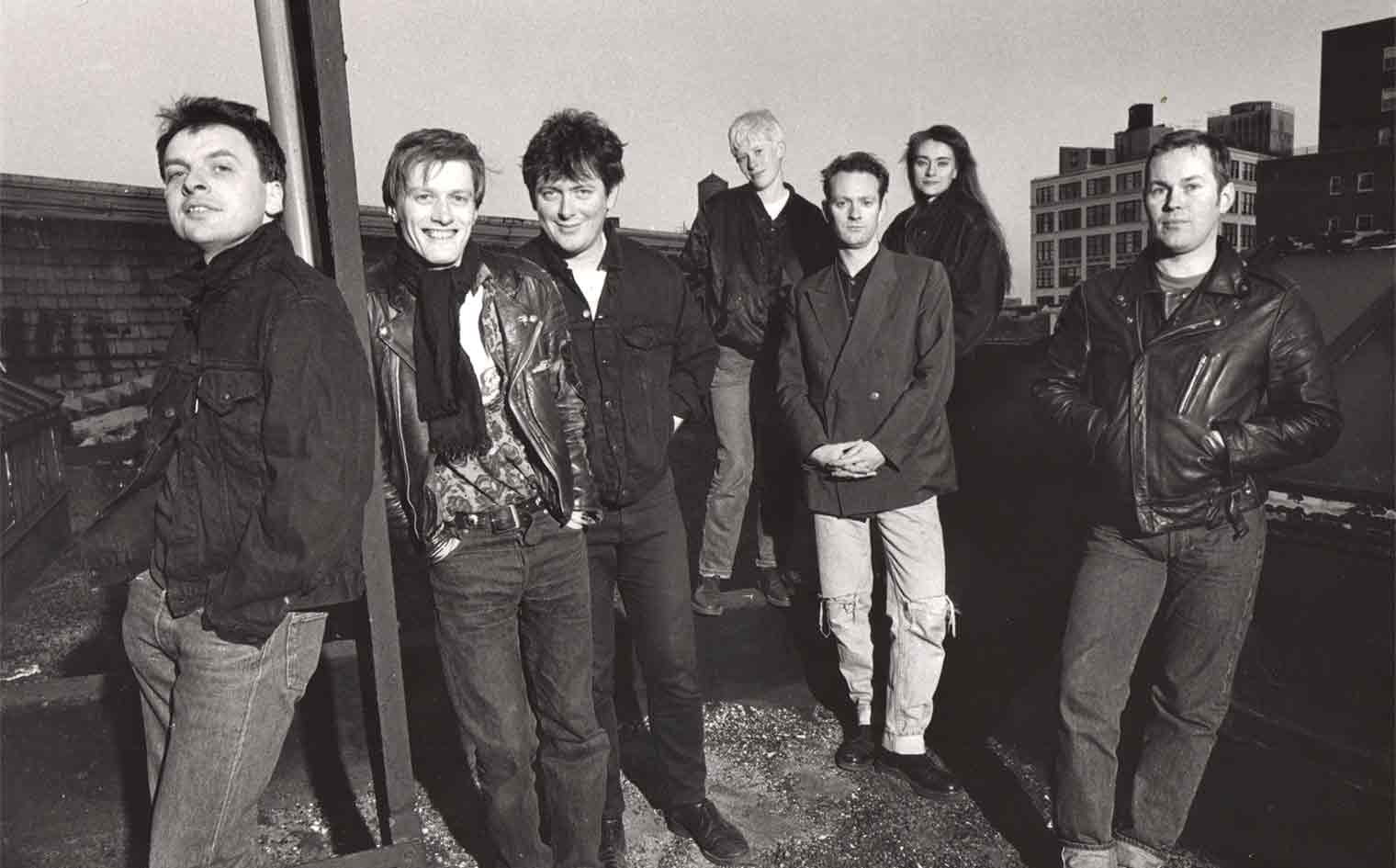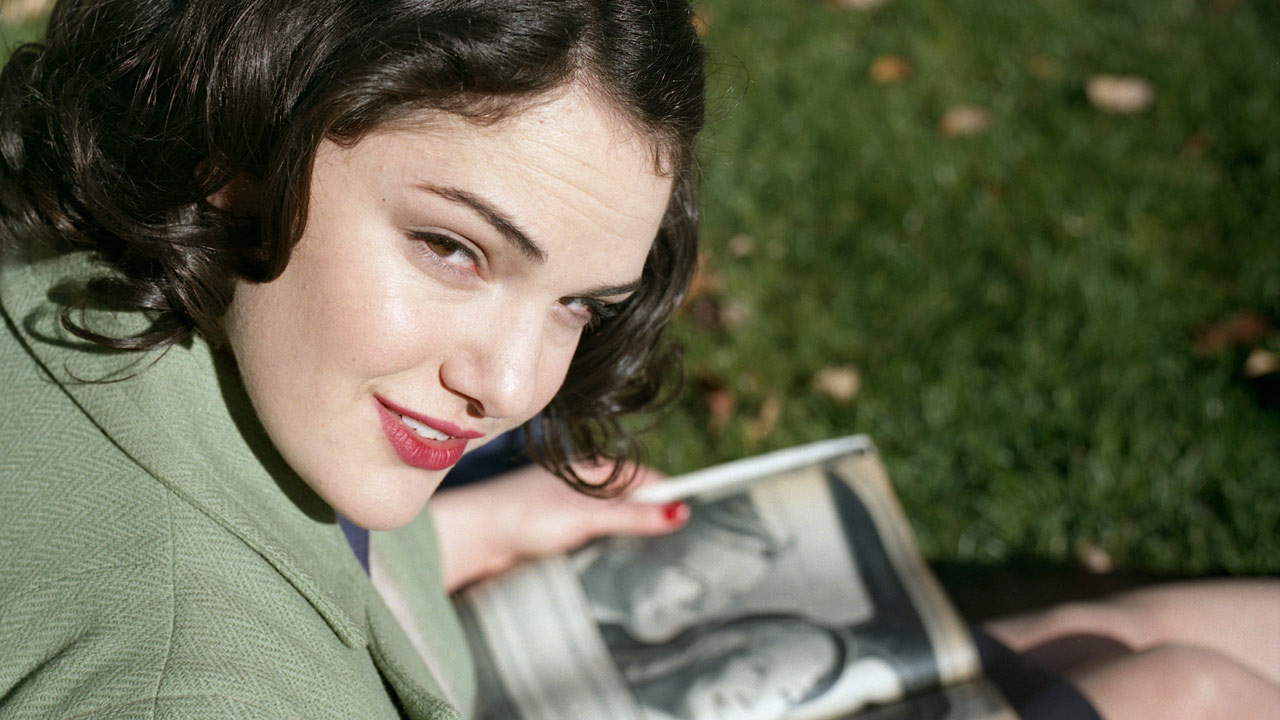Presenting Princess Shaw
by Hope Madden
Raw talent is a rare find. Ophir Kutiel, or Kutiman as he’s known, realizes this. That may be why he spends countless hours scouring YouTube, pulling this guitar solo and that piano concerto to mash into one of his globally admired compositions.
With Samantha Montgomery he found more than the usual diamond in the rough. Her YouTube feed oscillates between confessional monologues and heartfelt, powerful acapella songwriting. What she posts as Princess Shaw to her small online audience is vulnerable and emotionally fearless, her story of artistic and emotional struggle becoming both timeless and utterly of this moment.
Following the two artists as their work collides is Ido Haar’s documentary Presenting Princess Shaw. It’s a refreshingly unadorned look at the lonely life of an artist.
The core story contains everything that makes a documentary wonderful. There are things here you probably did not know existed – like Kutiman’s truly wonderful art, for instance, a form of composition that is fascinating to watch being made.
There is also the secret admirer angle, the underdog tale, the story of an artist being discovered, all of which are themes that can be easily manipulated into a compelling film regardless of form.
And so Haar is to be congratulated for his craftsmanship, utilizing all the themes available to him to compel the audience’s attention while simultaneously creating a raw aesthetic that matches Princess Shaw’s own material.
How authentic is his film? It’s hard to know how Haar ended up filming the songstress at the exact moment she learns of Kutiman’s intervention, but if her emotional response is faked, she’s as strong an actor as she is a songwriter.
As impossible as it is to watch this film without rooting for success and riches to find Princess Shaw, the film itself is more of a celebration of artistry as its own often painful, internal, and emotional reward – catharsis or therapy, even. It’s also a beautiful tribute to artistic camaraderie.









